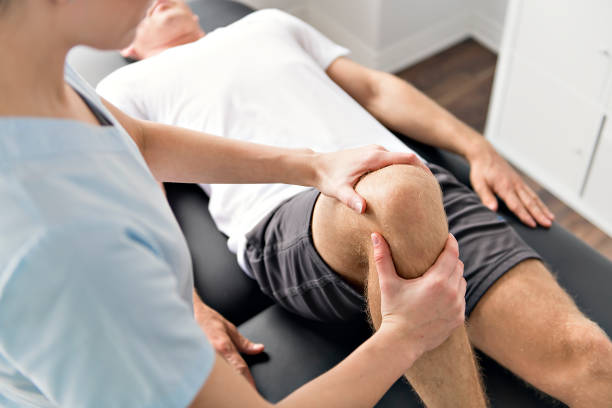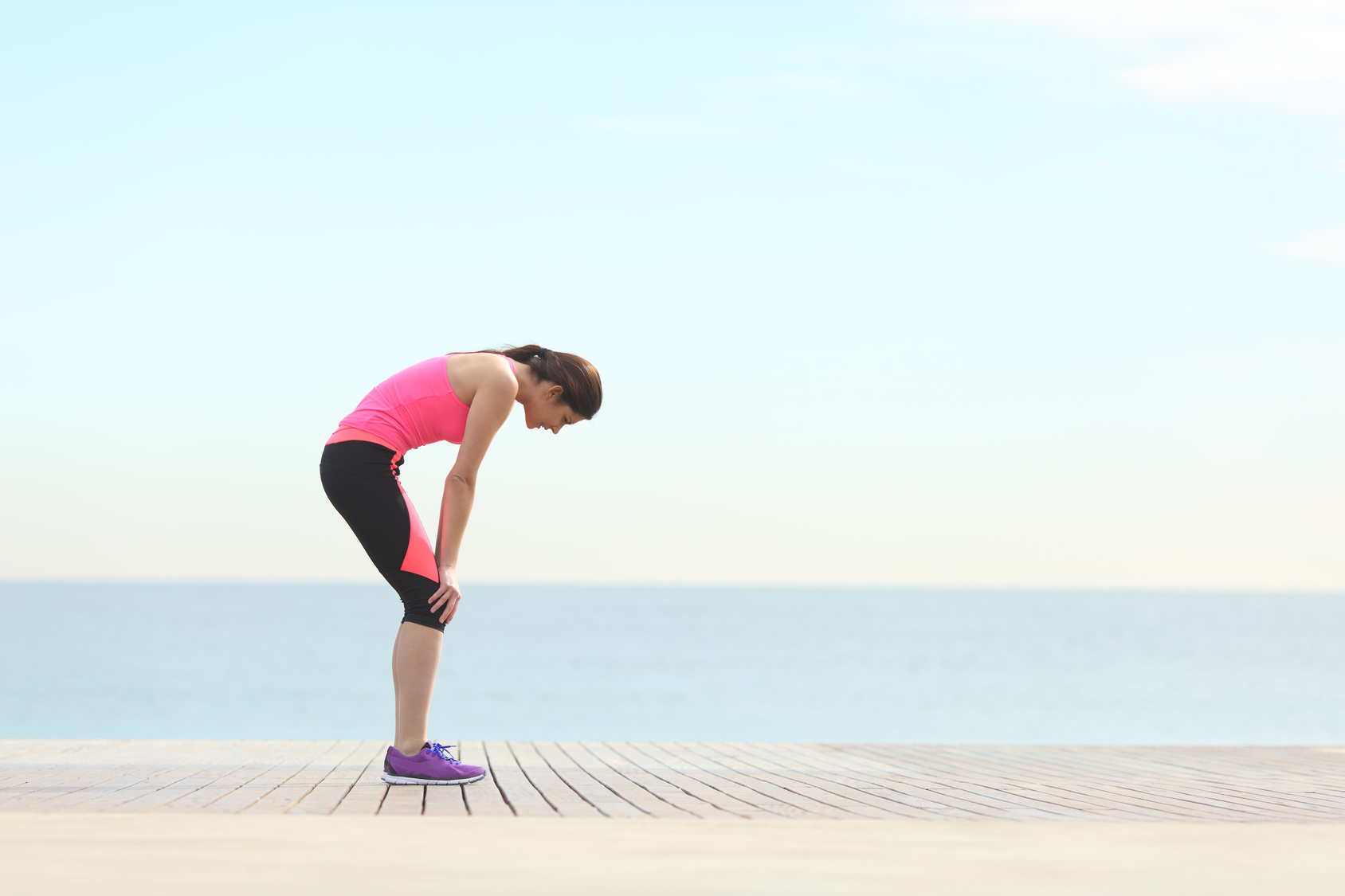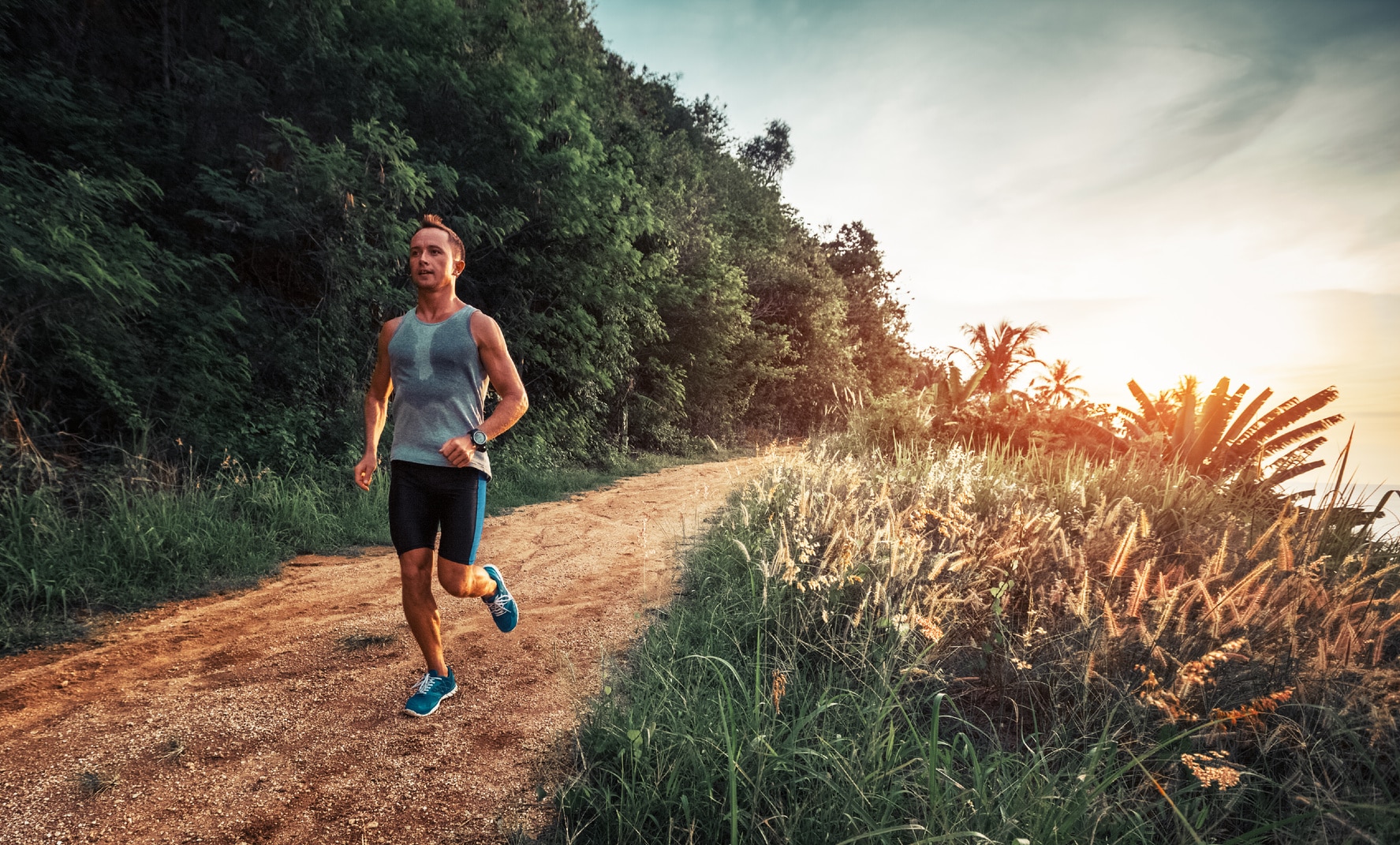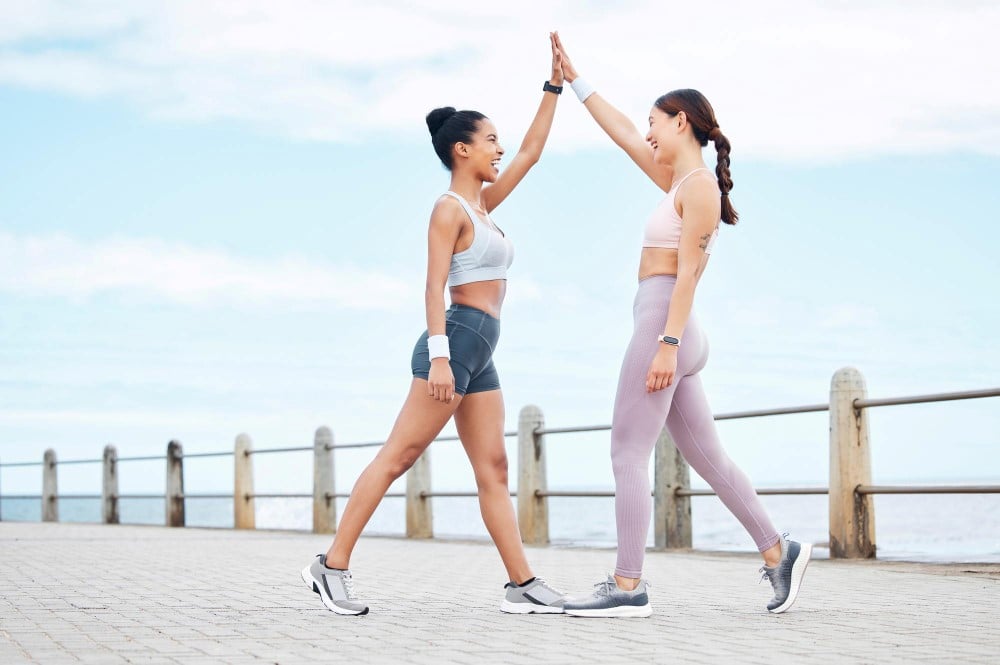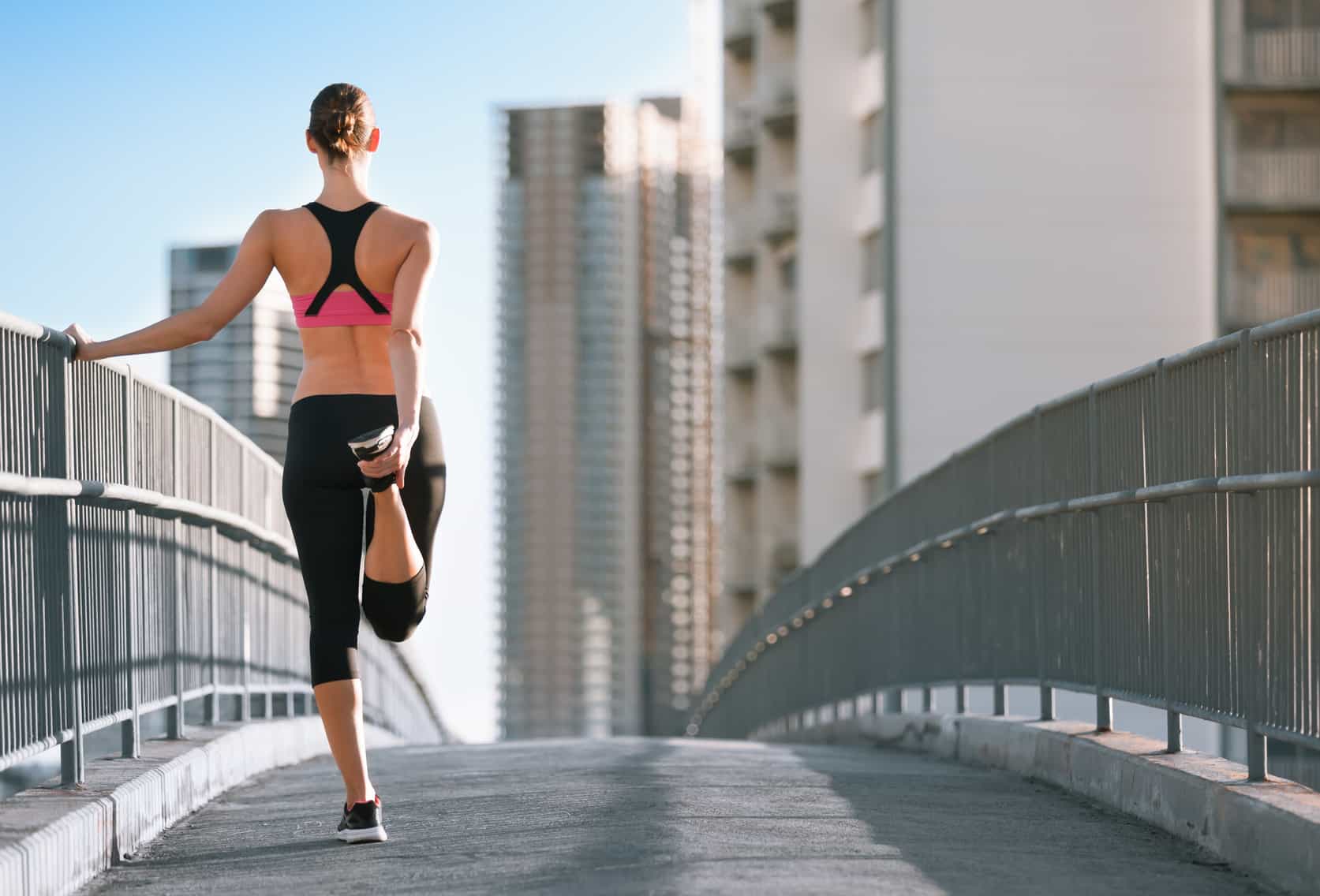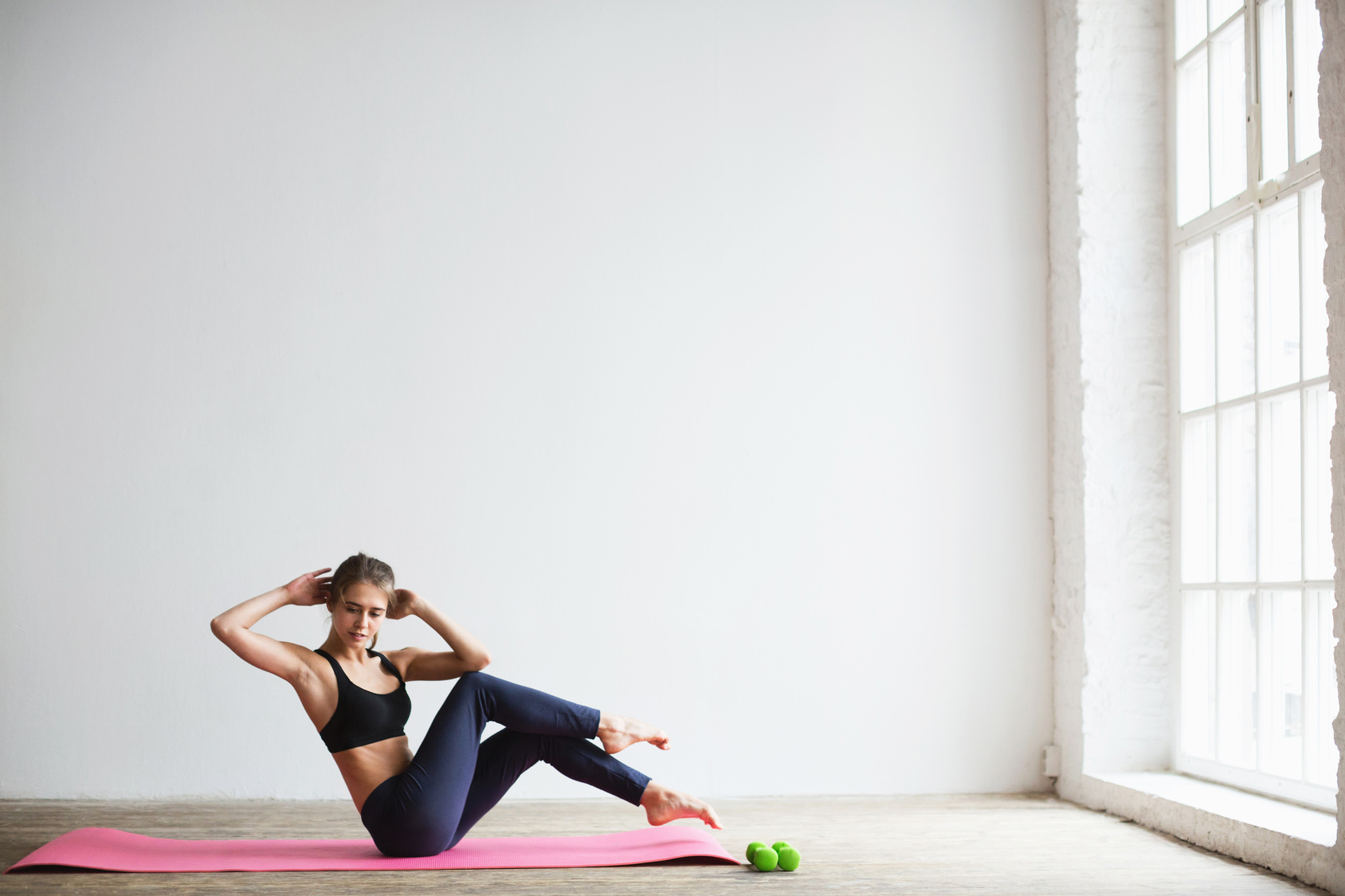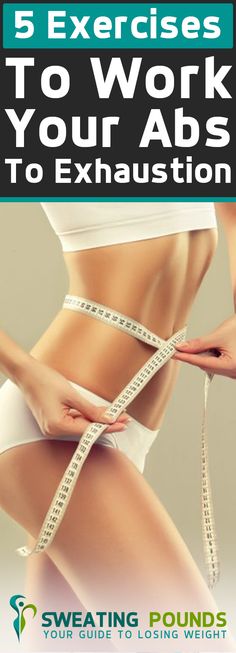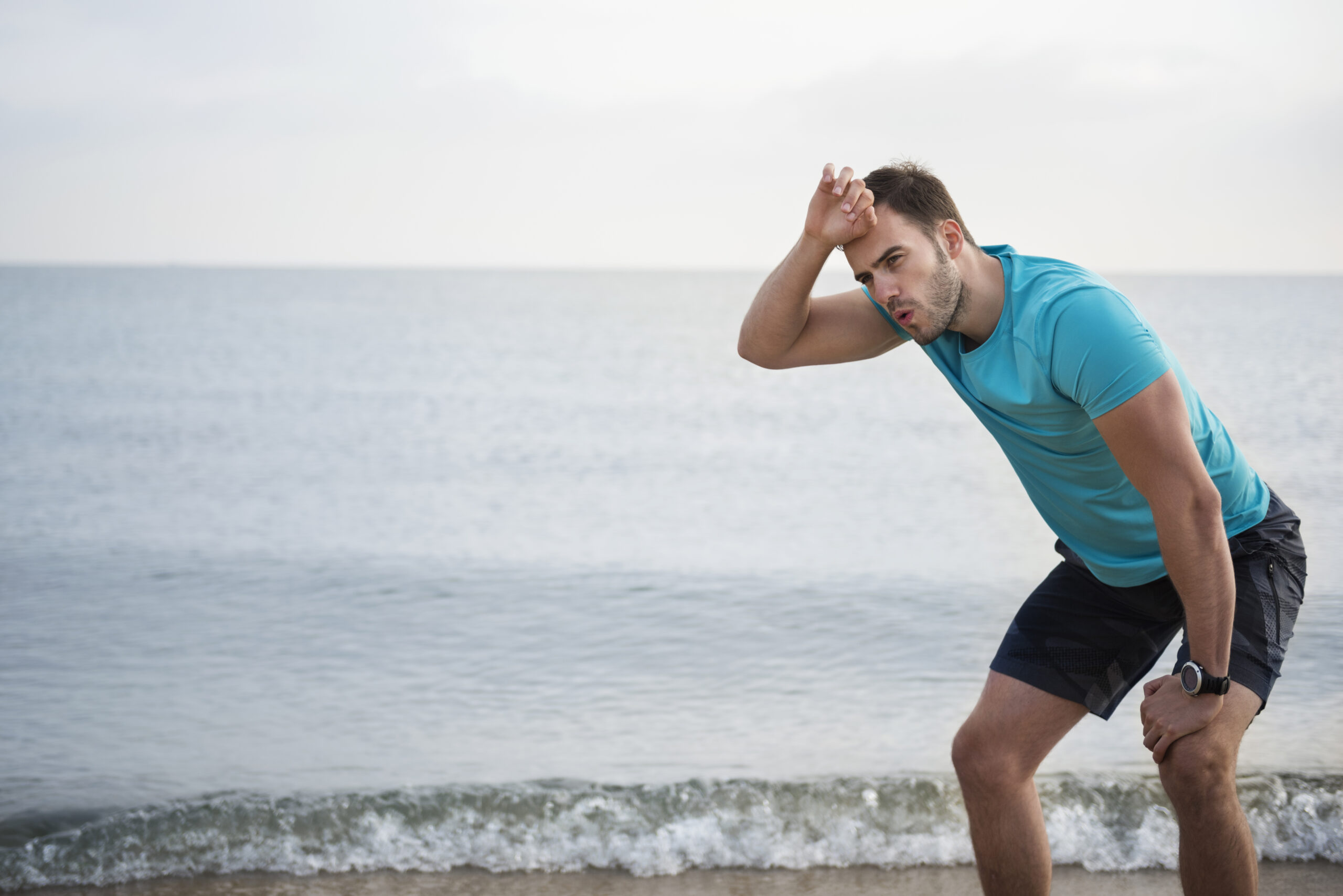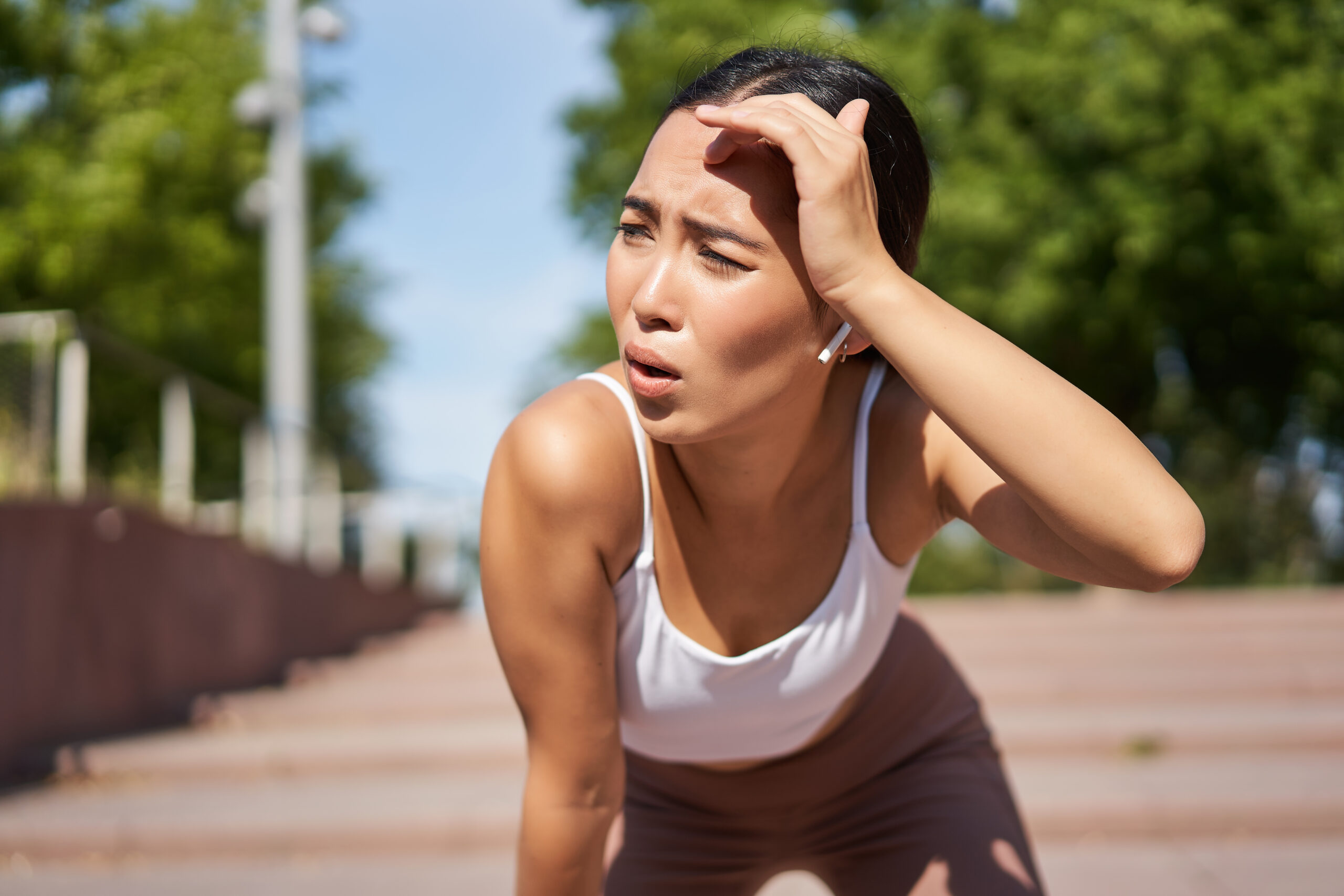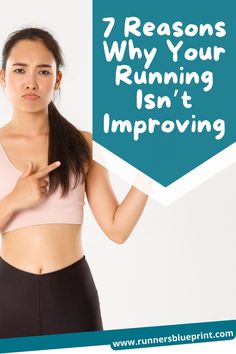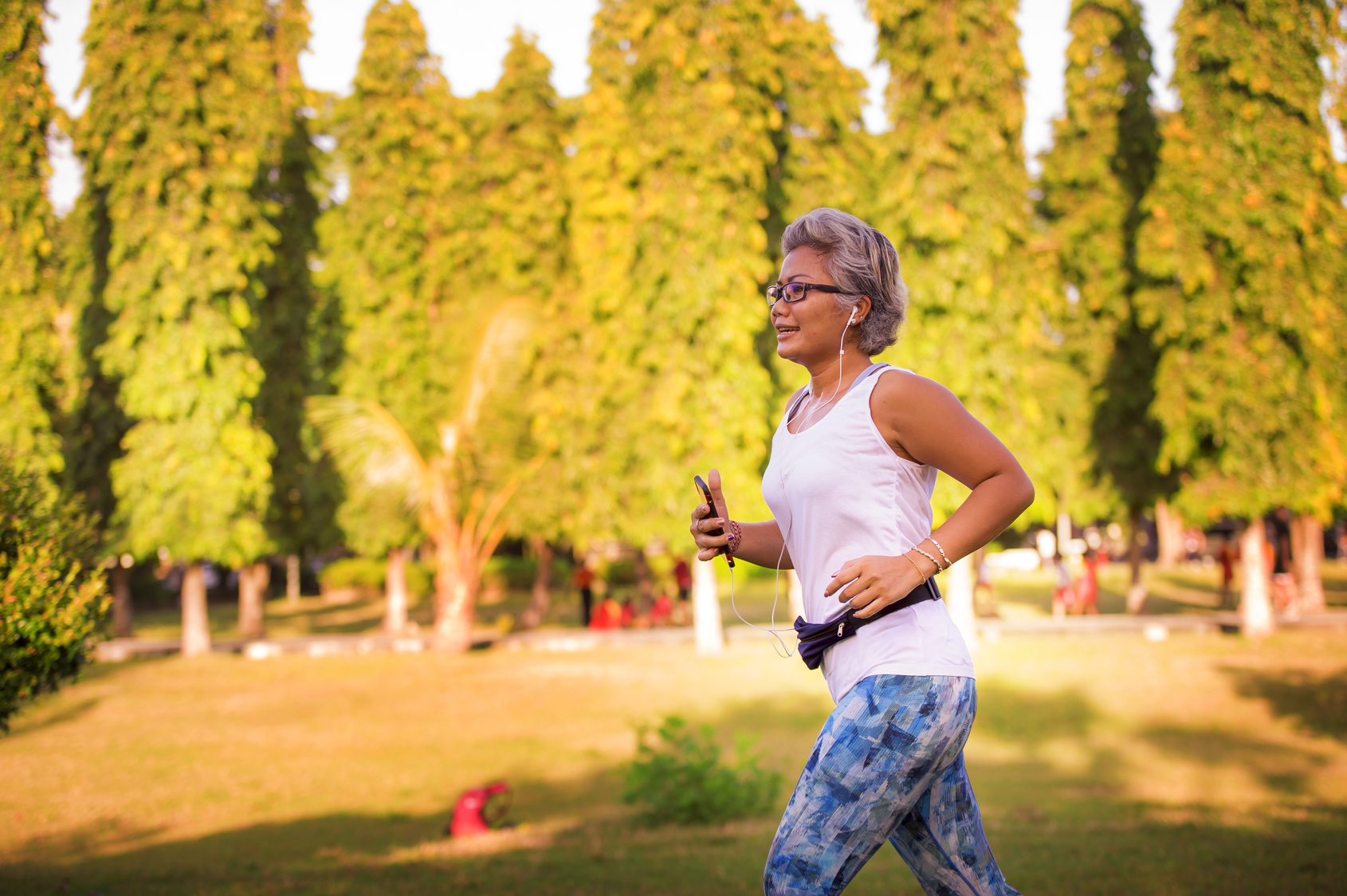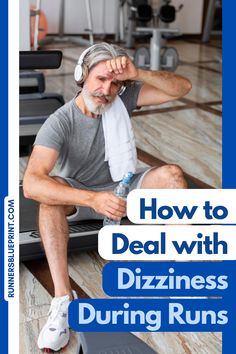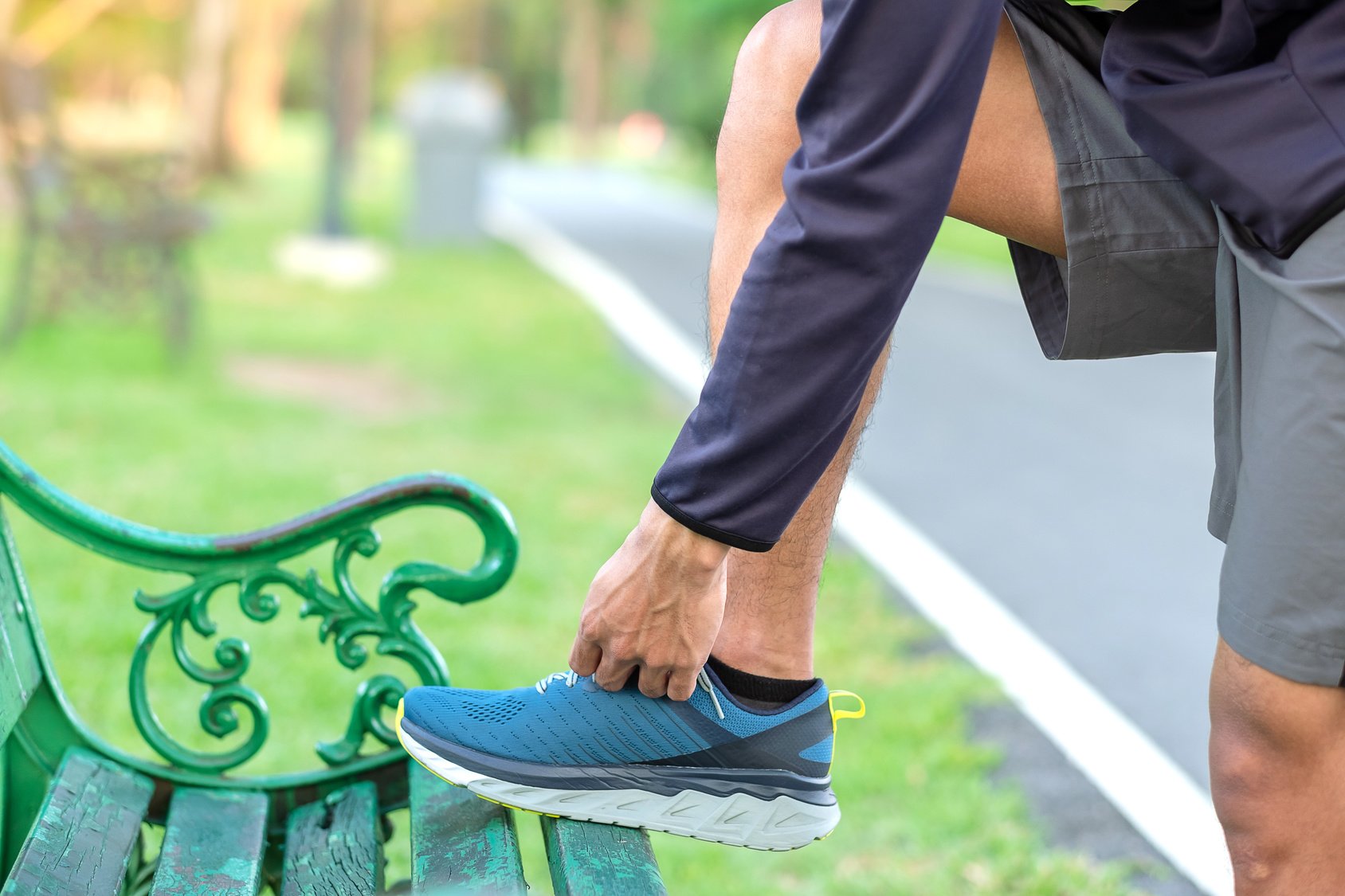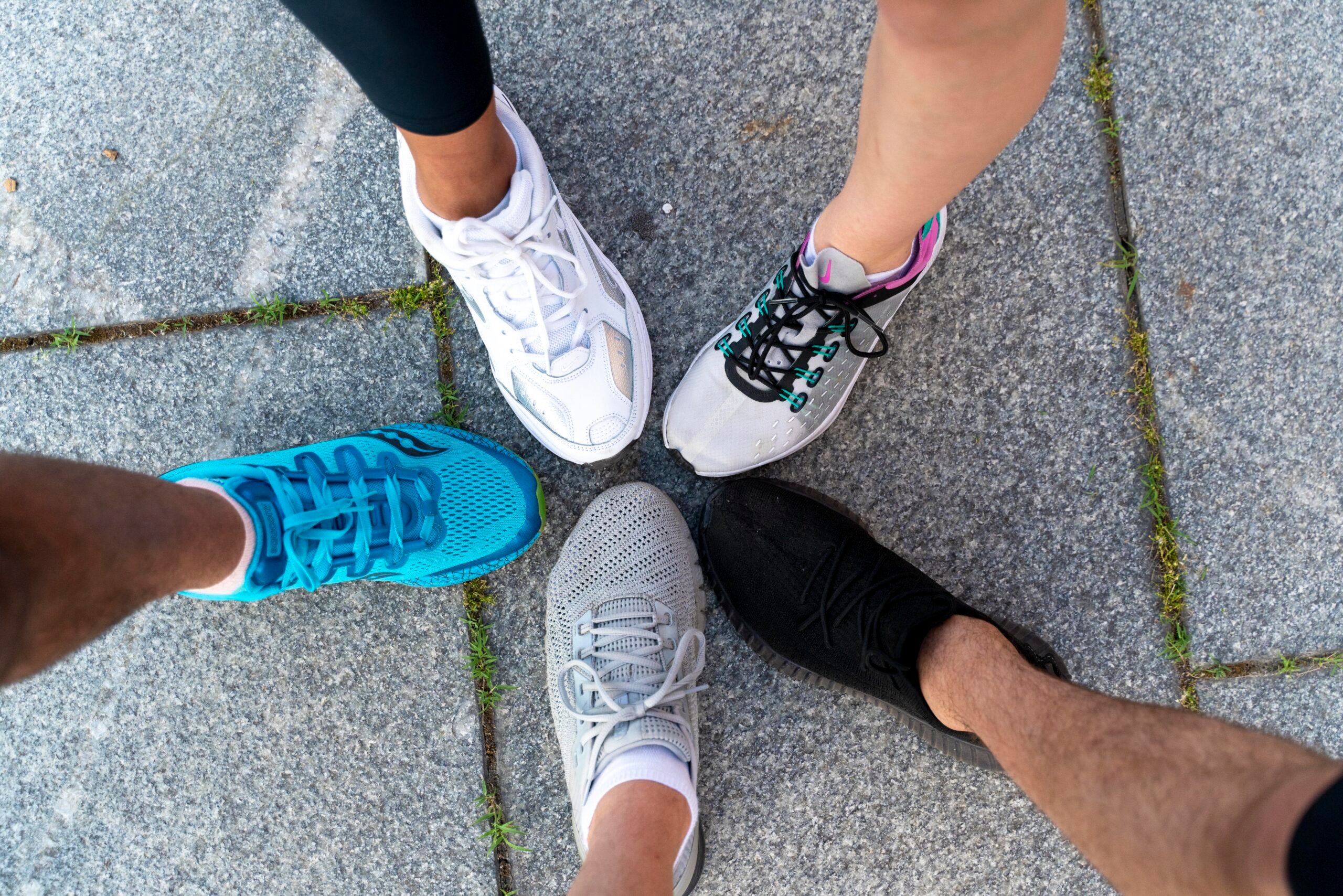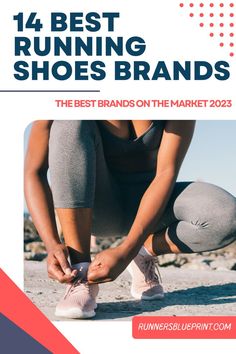When you delve into the realm of knee injuries among runners, what pops into your mind? Most likely, the notorious Runners Knee (patellofemoral syndrome) and the dreaded Iliotibial band syndrome come to the forefront.
But what about the sneaky culprit that hides in the shadows, inflicting relentless pain? Allow me to introduce you to the villain known as patellar tendonitis.
Now, before you dismiss it as a problem only affecting jump-sport enthusiasts, let me set the record straight. Runners, too, can fall victim to this treacherous condition. That’s precisely why I’ve prepared a comprehensive guide to patellar tendonitis exclusively for you.
In this exhilarating journey, I will unravel the intricacies of this ailment, unveiling its causes and shedding light on the recovery process. I’ll share plenty of treatment options and prevention strategies that will not only accelerate your healing but also safeguard your knees from future perils.
What’s Patellar Tendinitis?
Picture this: you’re out on the run, feeling the wind in your hair and the pavement beneath your feet. But suddenly, a sharp pain shoots through your knee, bringing your joyous stride to a screeching halt. What could be the culprit behind this unexpected agony?
Enter patellar tendonitis, which a condition that can catch any runner off guard.
Now, don’t let the name intimidate you. Patellar tendonitis is simply a fancy term for inflammation, degeneration, or even rupture of the patellar tendon.
But what is the patellar tendon?
Also known as the patellar ligament, the patellar tendon is like the bridge between your kneecap and the shin bone. This tendon plays a crucial role in your leg’s structure and function. When you activate your quad muscles, they pull on the patellar tendon, straightening your knee and extending your leg. This incredible mechanism allows you to run, kick, and jump with grace and power.
However, this tendon isn’t just a one-trick pony. It also plays a crucial role in maintaining proper kneecap alignment and transferring forces from your thigh to your lower leg. It’s a multitasking superstar, absorbing significant loading with each step you take. So you shouldn’t be surprised if you’re nursing patellar tendon pain, especially if you run often.
Patellar Tendinitis is Common
When you hit the pavement during your runs, you’re subjecting your patellar tendon to quite a beating. The repetitive pounding can lead to irritation and inflammation, causing what we call patellar tendinitis. It’s like the tendon is crying out for a break, saying, “Hey, give me some rest!”
In fact, studies have shown that about 5 percent of all running injuries can be attributed to patellar tendinitis. It’s not just the realm of high-flying athletes anymore. Runners, too, are at risk of experiencing the discomfort and limitations that come with jumpers’ knee.
The Causes Of Patellar Tendinitis In Runners
What’s causing patellar tendinitis is like a puzzle, with various factors coming together to create the perfect storm for this nagging condition. One of the main culprits is repetitive load. Picture this: you’re pounding the pavement, day after day, with little rest and recovery in between. Your poor patellar tendon doesn’t get a chance to catch its breath and heal properly.
Several studies have highlighted the relationship between training load and the risk of patellar tendonitis. In a study published in the American Journal of Sports Medicine (Kujala et al., 2005), researchers investigated the training factors associated with the development of patellar tendon disorders in young athletes.
The results showed that athletes who experienced rapid increases in training volume and intensity were at a higher risk of developing patellar tendonitis.
Similarly, a study published in the Journal of Science and Medicine in Sport (Fahlström et al., 2003) found that excessive training frequency and inadequate recovery periods were significant risk factors for the onset of patellar tendonitis in elite volleyball players.
But that’s not the whole story. Biomechanical problems, like overpronation, can throw off the balance and put extra stress on your patellar tendon. It’s like a misaligned cog in a well-oiled machine.
And let’s not forget about the hills. As runners, we love a good challenge, but excessive hill training can push our patellar tendons to the limit. It’s like climbing a mountain without a break, with each step adding more strain to the tendon.
Weight matters too. If you’re overweight, your patellar tendon may have to work harder to support you. It’s like asking a bridge to hold more weight than it was designed for.
Other factors that can tip the scales include having an increased angle of the knee, being knock-kneed or bow-legged, or even having limb-length discrepancies. These quirks in our anatomy can throw the balance off, putting extra pressure on the patellar tendon.
So, you see, patellar tendinitis isn’t just a random occurrence. It’s a result of repetitive load and a combination of factors that push our patellar tendons to their limits. But fear not! In the next part of our journey, we’ll explore strategies to prevent and manage patellar tendinitis, so you can keep running strong and pain-free.
The Telling Signs Of Patellar Tendinitis
Just like other injuries, patellar tendonitis comes with a host of red flags.
Runners suffering from jumpers’ knees usually describe pain in the front of the knee—on what’s known as the lower pole of the patella, during and after exercise.
On the onset, jumpers knee starts as an inflammation of the tendon, with the pain usually only felt after a hard run.
Symptoms may be tolerable, but training may become more and more uncomfortable as the injury worsens, affecting the normal activities of one’s day, such as when climbing stairs or after sitting for long periods.
Once you have severe tendonitis, even bending and/or straightening the injured limb can be very painful.
Some of the main symptoms include:
- Swelling under the patella
- Knee stiffness in the morning
- Tenderness behind the lower part of the patella
- Pain when straightening or bending the leg.
- Pain gets worse with running or jumping
Patellar Tendinitis Vs. Runners Knee
Let’s talk about an important comparison: Patellar Tendinitis vs. Runners Knee. It’s like trying to solve a puzzle and decipher the clues our knees are giving us.
Now, here’s the deal.
When you’re experiencing knee pain, it’s crucial to distinguish between different knee injuries. For instance, if you feel pain at the top or sides of your kneecap, you might be dealing with a runner’s knee instead of patellar tendonitis. It’s like a case of mistaken identity for our knees.
Jumpers’ knee, on the other hand, has its own unique features. It doesn’t cause pain along the top or side of the patella, and it’s not usually sensitive to the touch.
Experiencing pain on the outside of your knee? You should be blaming it on iliotibial band syndrome. Our knees sure know how to keep us on our toes!
Now, here’s a golden nugget of advice: If your knee pain persists beyond a few days, it’s time to hit the brakes and assess the situation. Don’t hesitate to pay a visit to your doctor. They’re the experts who can properly diagnose your condition and discuss the best treatment methods tailored to your specific case.
Listen up, runners, it’s not a death sentence. Patellar tendinitis may not be the worst running injury you can encounter. However, if you ignore or neglect it, the tendon can become more damaged, sidelining you for weeks, maybe even months. We don’t want that! That’s why it’s essential to take care of your jumpers’ knee from the get-go. Treat it with the attention it deserves, or else your patellar ligament may become weaker and more susceptible to tears in the future. It’s like reinforcing the foundation of a building to prevent future collapses.
How To Treat Patellar Tendinitis In Runners
Let’s explore some conservative measures to relieve pain and halt the progression of this pesky condition while you continue running.
Ice It
Take the necessary steps to give your knee some well-deserved rest and follow the R.I.C.E method. If the pain persists, reach out to your doctor for expert guidance. Remember, treating patellar tendinitis is a journey, and with the right care, you’ll be back on track to pain-free running in no time. Keep up the positive mindset and stay committed to your recovery. You’ve got this!
Rest It
First things first, rest is key. Pushing through the pain will only prolong your recovery. Embrace the R.I.C.E method: Rest, Ice, Compression, and Elevation. Give your injured limb the rest it needs, and apply ice to the affected area for about 15 minutes, three to four times a day, to reduce inflammation.
Compress It
If you still feel pain following a few days despite resting and icing, the next step would be to use a band or brace on the knee.
This may help reduce the stress on the tendon, stabilize the knee, and reduce inflammation—all of which can speed up recovery.
When to Call A Doctor For Knee Pain
Now, if you’ve been diligently following the R.I.C.E method, but the pain persists after a few days, it may be time to consult a doctor. They can assess your condition and determine the next steps. They may recommend anti-inflammatories or physical therapy to speed up your recovery. In more severe cases of jumpers’ knees, a combination of physical therapy and platelet-rich plasma (PRP) therapy could be considered. But remember, surgery should only be considered as a last resort.
Typically, platelet-rich plasma (PRP) therapy is an invasive procedure that works by injecting plasma into the injured area. Platelets are blood cells that contain growth factors, which are proteins that help to promote healing. PRP therapy is thought to work by stimulating the body’s natural healing process and reducing inflammation. It’s typically done in an outpatient setting. The procedure is performed under local anesthesia. The doctor will draw blood from your arm and then spin it down in a centrifuge to split up the platelets and the blood.
However, if you consider using PRP therapy for your patellar tendonitis, choose a provider that uses PRP kits. These kits should offer extended platelet delivery and contain all essential components for preparing and administering platelet-rich plasma. This way, you can ensure outstanding and safe results.
In addition to PRP, a doctor may recommend surgery to address patellar tendonitis
But your goal should be to explore non-invasive options first, like detectives solving a mystery.
How to Prevent Patellar Tendinitis While Running
Kudos to you for being proactive and taking charge of your running journey!
So, let’s dive into some effective strategies to keep patellar tendinitis at bay and ensure your knees stay strong and pain-free.
The Importance of Warm-ups & Cool-Downs
Warm-up exercises prepare the muscles and tendons for the demands of physical activity, while cool-down exercises aid in recovery and prevent muscle stiffness. Neglecting these essential components of a workout routine can increase the risk of developing patellar tendonitis.
Research studies have shown the positive effects of warm-up and cool-down exercises on injury prevention, including patellar tendonitis. A study published in the Journal of Science and Medicine in Sport (Bahr et al., 2004) examined the effects of a standardized warm-up program on the incidence of overuse injuries in female football players. The results demonstrated that participants who followed a structured warm-up routine experienced a significant reduction in the occurrence of patellar tendonitis compared to those who did not.
To prevent patellar tendonitis, perform a dynamic warm-up routine before engaging in running or any strenuous physical activity. This should involve exercises that target the lower extremities, such as leg swings, lunges, high knees, and gentle stretches for the quadriceps and hamstrings. Gradually increasing the intensity of the warm-up can help prepare the patellar tendon for the stress it will undergo during exercise.
Additionally, incorporating a proper cool-down routine is equally important. This allows the body to gradually transition from exercise to rest, aiding in the removal of metabolic waste products and reducing muscle soreness. Cool-down exercises should involve gentle stretching for the lower body muscles, particularly focusing on the quadriceps, hamstrings, and calves.
Stretching
One essential element in your prevention toolkit is stretching. When the muscles surrounding your knee joint are tight, they can put extra strain on the patellar tendon, increasing the risk of tendonitis. So, let’s make stretching a regular part of your routine.
To target the key muscles that support your kneecap, focus on stretching your quads, hamstrings, calves, and hip flexors. These stretches will help keep your knee joint happy and ready for action.
Now, let’s go through a few stretches to get you started:
- Quadriceps Stretch: Stand tall, grab your foot or ankle, and gently pull it towards your glutes. Feel the stretch in the front of your thigh. Hold for about 30 seconds on each leg.
- Hamstring Stretch: Sit on the ground with one leg extended in front of you and the other leg bent. Reach forward and try to touch your toes while keeping your back straight. You’ll feel the stretch in the back of your thigh. Hold for 30 seconds, and then switch legs.
- Calf Stretch: Stand facing a wall, place your hands on the wall for support, and step one leg back. Keep your back heel on the ground and lean forward, feeling the stretch in your calf muscle. Hold for 30 seconds and switch legs.
- Hip Flexor Stretch: Step into a lunge position with one foot in front of you and the other leg extended behind you. Keep your back straight and gently push your hips forward. You’ll feel the stretch in the front of your hip. Hold for 30 seconds and switch sides.
Incorporate these stretches into your warm-up routine before each run, and consider adding them to your post-run cool-down as well. Consistency is key, my friend!
By taking the time to stretch and loosen up those muscles, you’ll be building a solid foundation for healthy knees and preventing the onset of patellar tendinitis. Remember, prevention is the secret ingredient to a long and joyful running journey. So, keep up the good work, stay flexible, and let those knees soar with every stride!
Strengthen Your Muscles To Prevent Patellar Tendonitis
Strengthening your muscles is crucial when it comes to preventing and recovering from knee problems like patellar tendonitis. Think of your muscles as a protective shield for your knees. The stronger they are, the better they can shield your knees from serious ailments. It’s like having a suit of armor for your joints!
When it comes to safeguarding your knees, two muscle groups play a significant role: the quadriceps and the hamstrings. These powerhouses provide support and protection, particularly for the delicate patellar tendon.
Let’s dive into some exercises that can help you strengthen these important muscles and fortify your knees:
Slow Squats:
Imagine these as your knee’s secret weapon! Slow squats are a fantastic exercise for building strength in your quadriceps and hamstrings. Not only do they target the key muscles, but they also engage your entire lower body, giving you a well-rounded workout.
Single Leg Glute Bridges:
Single-leg glute bridges are a fantastic exercise that isolates and strengthens your glutes and hamstrings. By performing this exercise, you enhance the stability and resilience of your knees.
Standing Clamshells:
Standing clamshells are a superb exercise for activating the muscles around your hips and thighs, including the all-important quadriceps. This exercise helps to improve stability and balance, further protecting your knees.
Remember, these exercises are not only about building strength but also about safeguarding your knees and preventing patellar tendonitis. Incorporating them into your routine will not only reduce the risk of injury but also accelerate your recovery if you do happen to experience any knee-related issues.
So, grab your workout gear and start strengthening those muscles! Your knees will thank you for the extra support, just like a suit of armor shields a knight in battle.
Improve Your Form
Did you know that making a few tweaks in the way you move can significantly reduce the load on your patellar tendon? It’s like finding the perfect rhythm in a dance—smooth, effortless, and injury-free.
My research has uncovered a game-changing form tweak that can work wonders for protecting your lower body from overuse injuries: avoiding overstriding. Overstriding occurs when you land your foot too far in front of your hips, putting unnecessary stress on your knees.
To achieve this, focus on two key things during your runs:
- Land directly underneath your body: Imagine a string attached to your body, pulling you forward. As you take each stride, aim to land your foot directly underneath your hips. This way, your foot will act as a solid foundation, absorbing the impact and distributing it evenly, sparing your knees from any undue strain.
- Improve your running cadence: Cadence refers to the number of steps you take per minute. Research suggests that increasing your cadence can help reduce the load on your lower body and minimize the risk of injuries. Aim for a cadence of around 170-180 steps per minute. To achieve this, try taking shorter, quicker strides. It may feel a bit unfamiliar at first, but your knees will thank you for it.
Get Proper Running Shoes
Let’s not forget about the unsung heroes of your running journey—your trusty running shoes. They play a vital role in supporting your knees and ensuring a smooth, comfortable ride.
When choosing your running shoes, keep an eye out for the heel-to-toe drop. Shoes with a significant drop can add unnecessary stress to your patellar tendon, and we definitely want to avoid that. Look for trainers that offer a more balanced platform, keeping your knees stable and happy throughout your runs. They should also provide ample cushioning to absorb impact and support your lower leg as you glide through each stride. Think of them as your own personal shock absorbers, ready to take the pounding so your knees don’t have to.
Now, here’s an interesting tidbit for you: Did you know that running shoes have limited mileage? Just like a favorite song on repeat, they eventually lose their magic. As a general rule of thumb, it’s time to bid farewell to your shoes after around 400 miles of running. Why? Because they start to lose their support and cushioning powers, leaving your knees vulnerable to the harsh realities of the road.
Patellar Tendonitis In Runners – The Conclusion
As far as I can tell, as long as you’re listening to your body and treating patellar tendonitis early on, you’ll be okay.
And in case you’re dealing with a jumpers’ knee, taking the above treatment and prevention measures will surely help you relieve your pain and keep training injury free.
It’s up to you to take action.
Please feel free to leave your comments and questions in the section below.
In the meantime, thank you for reading my post.
Keep Running Strong.
David D.

